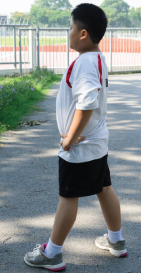by Rebecca Traylen (ANutr)
Probio7
What is an allergy?
Allergy UK define an allergy as “the response of the body’s immune system to normally harmless substances, such as pollens, foods, and house dust mites. Whilst in most people these substances (allergens) pose no problem, in allergic individuals their immune system identifies them as a ‘threat’ and produces an inappropriate response.”
Allergies such as eczema, hay fever and certain foods are becoming increasingly common in children and are on the rise. They can have a major effect on children and their families lives and therefore, anything we can do to understand how they develop and where possible minimise their occurrence should be encouraged.
What is the link between your gut and allergies?
There are trillions of microbes including bacteria, fungi, archaea, viruses and protozoans which are present in and on our body. 95% of these microbes are found in our gastrointestinal tract, weighing a staggering 2kg! Our gut microbiome has several important roles including digesting food, ensuring proper digestive function and helping with the production of some vitamins (B and K).
Our gut microbiome can strengthen the integrity of our gut wall and helps reduce inflammation. It also helps teach our immune system to respond appropriately to substances and fight off harmful pathogens. This allows our immune system to react appropriately to substances and ensures it doesn’t overreact to substances, as typically seen in allergies.
70% of our immune system lies along our digestive tract which further highlights the significant role our gut microbiome can play in our immune system.
Rates of allergies have been increasing as we have moved towards more urban environments. This has meant the variety of foods we are eating have decreased, our use of antibiotics has increased, and we are spending less time outdoors. Subsequently, this has been thought to reduce the diversity of our gut microbiome.
Research has shown that having a healthy and diverse gut microbiome is associated with fewer allergic symptoms. Therefore, our move to urban environments is thought to play a role in the increased number of allergies, through changes in our gut microbiome.
Reducing the risk of allergies
Friendly bacteria are live beneficial bacteria that can be consumed in food or supplement form. Taking friendly bacteria has been suggested to reduce the occurrence of allergies by supporting the gut microbiome.
One way to reduce the risk of allergies in your infant starts in pregnancy. Research has shown that taking a friendly bacteria supplement during pregnancy may reduce the chances of their infant developing eczema by 22%.
In addition, taking fish oil supplements during pregnancy may also reduce the chance of children becoming sensitised to egg (a sign of a potential allergy) by 31% and also may reduce the chances of peanut allergy.
Therefore, supplementing with both friendly bacteria supplements and omega-3 during pregnancy could be of particular benefit for allergy prevention in the infant.
Friendly bacteria supplements during infancy have also been demonstrated in some cases to prevent atopic sensitisation (this is a positive test for eczema, hay fever and allergic asthma).
Should you try a friendly bacteria supplement?
Whilst the research is still relatively new around friendly bacteria supplements and allergies, so far, they are shown to be safe and well tolerable. If you have a family history of allergies, taking a friendly bacteria supplement might be worth considering, either during pregnancy or for your infant.
Most importantly you should be looking after your gut by eating plenty of fibre, having a diverse diet, getting outside and exercising for at least 20 minutes every day, staying hydrated and reducing stress whenever possible.
Make sure you check with your GP or health practitioner before introducing any supplements when pregnant, breastfeeding or on medication.
Probio7 have been supporting digestive and immune health in the UK since 1995 and we are dedicated to developing a unique range of the highest quality friendly bacteria supplements. Please visit www.probio7.com for more information.


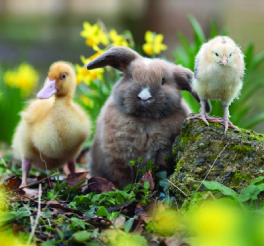
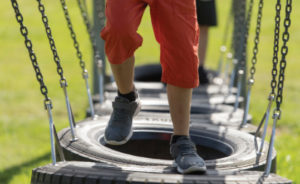 eep active and keep healthy
eep active and keep healthy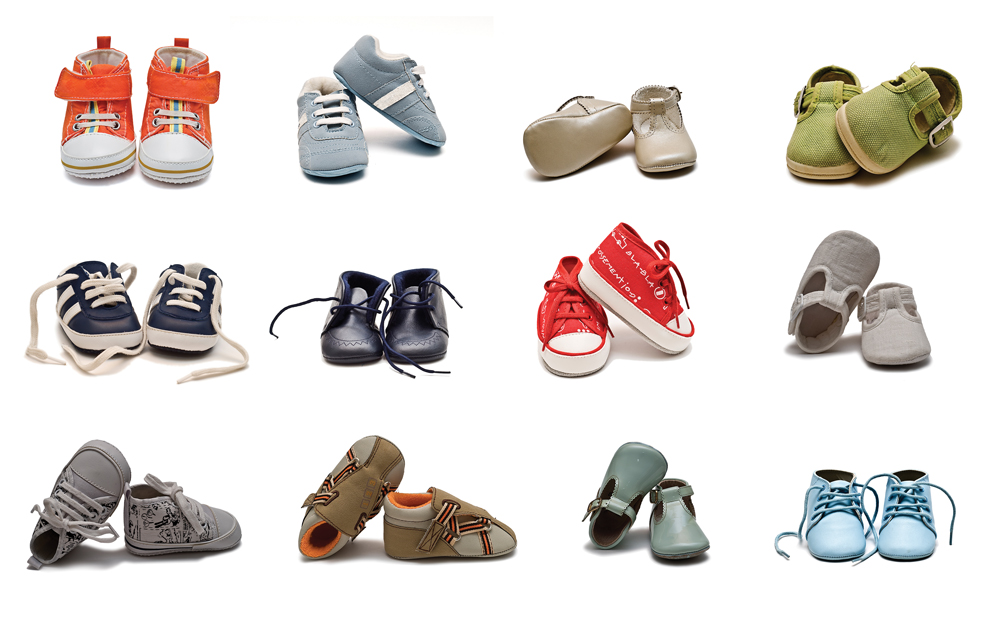
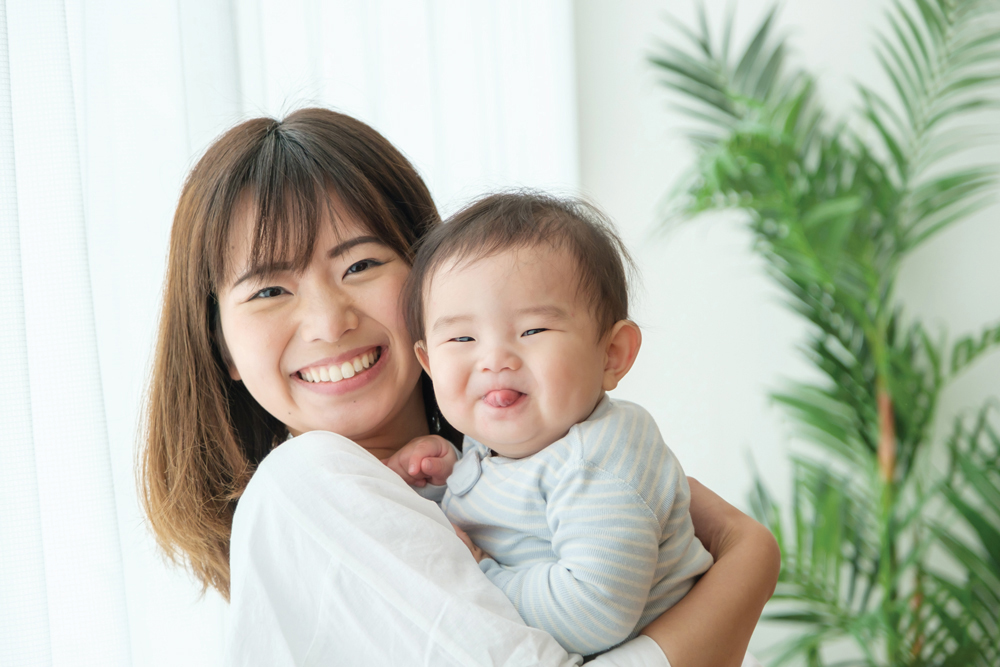



 Respect
Respect At that time I’d already been vegan for seven years, I worked for the vegan campaigning charity Viva! and had a good knowledge of vegan nutrition. Despite all of this, I was still confronted with questions from others about my decision. How will your baby get their protein? Is it right to force veganism on a child? Won’t they feel left out?
At that time I’d already been vegan for seven years, I worked for the vegan campaigning charity Viva! and had a good knowledge of vegan nutrition. Despite all of this, I was still confronted with questions from others about my decision. How will your baby get their protein? Is it right to force veganism on a child? Won’t they feel left out?